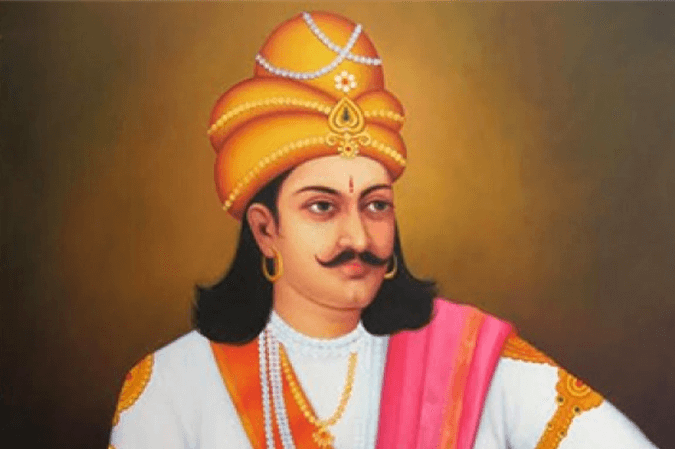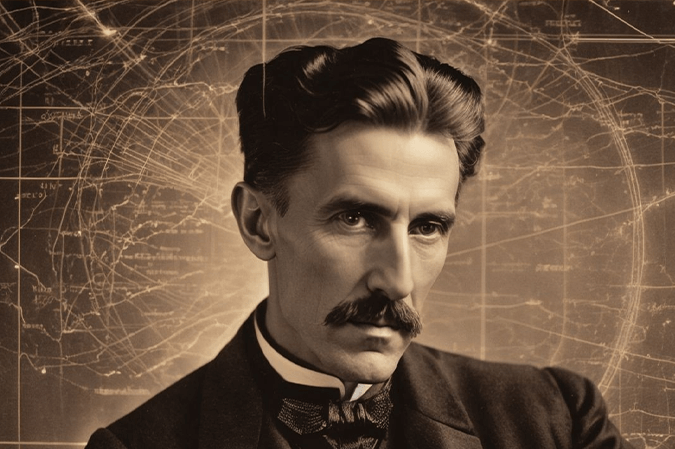Ashoka The Great
The uniqueness of His Name
Ashoka, also known as Aśoka, is a name that embodies transformation, compassion, and the spread of Buddhism. Born around 304 BCE, Ashoka was the third ruler of the Mauryan Empire, which, at its height, extended across much of the Indian subcontinent and parts of present-day Afghanistan. The name “Ashoka” is derived from the Sanskrit word “aśoka,” meaning “without sorrow,” reflecting his later commitment to peace and non-violence after his conversion to Buddhism. This unique name signifies not only his royal lineage but also his profound personal journey from a fierce conqueror to a compassionate ruler.
Other Names Associated with Ashoka
Ashoka is often associated with several titles and figures that highlight his significance in history:
- Ashoka the Great: This title underscores his vast empire and influential reign, marking him as one of the most notable emperors in ancient India.
- Dharma Raja: Referring to his commitment to the principles of dhamma or righteous conduct, this title reflects his focus on moral governance after renouncing violence.
- The Emperor of Peace: This designation emphasizes his transformation following the Kalinga War, where he embraced Buddhism and promoted non-violence.
These names illustrate how Ashoka has been memorialized in various contexts, reinforcing his status as an iconic figure in Indian history.
Cultural Significance
Ashoka’s reign marked a significant era in ancient India, characterized by the promotion of Buddhism and the principles of dhamma. His decision to renounce war after witnessing the devastation caused by the Kalinga War transformed him into a symbol of peace and tolerance. Ashoka’s efforts to spread Buddhism included sending missionaries across Asia, establishing stupas, and inscribing edicts that articulated his vision for a just society.
The Kalinga War (c. 261 BCE) was pivotal in shaping Ashoka’s legacy. The immense human cost—estimated between 100,000 and 300,000 lives lost—deeply affected him and led to a profound change in his approach to governance. His edicts emphasized compassion, non-violence, and respect for all living beings, marking a departure from the violent conquests typical of ancient rulers.
Historical Context
The Mauryan Empire reached its zenith under Ashoka’s rule (c. 268-232 BCE), encompassing a vast territory from modern-day Afghanistan to Bangladesh. Initially known for military prowess, Ashoka’s transformation began after the brutal conquest of Kalinga. The war’s aftermath filled him with remorse and prompted him to adopt Buddhist teachings as guiding principles for governance.
Ashoka’s administration was marked by significant reforms aimed at promoting welfare among his subjects. He established hospitals for people and animals, built roads with shade trees and rest houses, and encouraged agricultural development through irrigation projects. His policies reflected a shift from military conquest to moral leadership based on dhamma.
Legacy and Commemoration
Ashoka’s legacy has endured through centuries as a model of virtuous leadership. His edicts, inscribed on pillars and rocks throughout his empire, serve as historical records that convey his thoughts on governance and ethics. These inscriptions are considered some of the earliest examples of written communication in India.
The Lion Capital of Ashoka became a national symbol of India, representing courage and peace. In modern times, Ashoka is celebrated for his contributions to Buddhism and for promoting values that resonate with contemporary ideals of tolerance and non-violence.
Modern Significance of His Name
Today, Ashoka’s name signifies more than historical rulership; it embodies ongoing struggles for peace, tolerance, and human rights. His legacy is invoked in discussions about ethical governance and social justice. Leaders across various movements reference Ashoka to highlight the importance of compassion in leadership.
Educational institutions and cultural organizations honor Ashoka through events that promote awareness about Buddhism and its teachings on peace. His story continues to inspire those advocating for non-violent approaches to conflict resolution in contemporary society.
Conclusion
Ashoka remains an enduring figure whose life encapsulates themes of transformation, compassion, and moral governance. His unique name reflects a rich historical legacy intertwined with the spread of Buddhism across Asia. Exploring his legacy—his names, cultural significance, historical context, and modern relevance—provides insight into how one individual’s actions can inspire generations toward peace and ethical leadership.
Ashoka’s story challenges us to recognize all individuals’ contributions to humanity’s narrative while reminding us that the quest for compassion and justice is ongoing. His legacy encourages contemporary society to reflect on its values and strive toward inclusivity and harmony among all people.
Sources:
- “Ashoka the Great – World History Encyclopedia.”
- “Ashoka Biography – Birth, History, Reign, Death, and FAQs – Vedantu.”
- “Emperor Ashoka: The Complete Biography of the Mauryan Leader – GeeksforGeeks.”
- “Ashoka—facts and information – National Geographic.”
- “Ashoka – Wikipedia.”
- Image Source: gstatic



